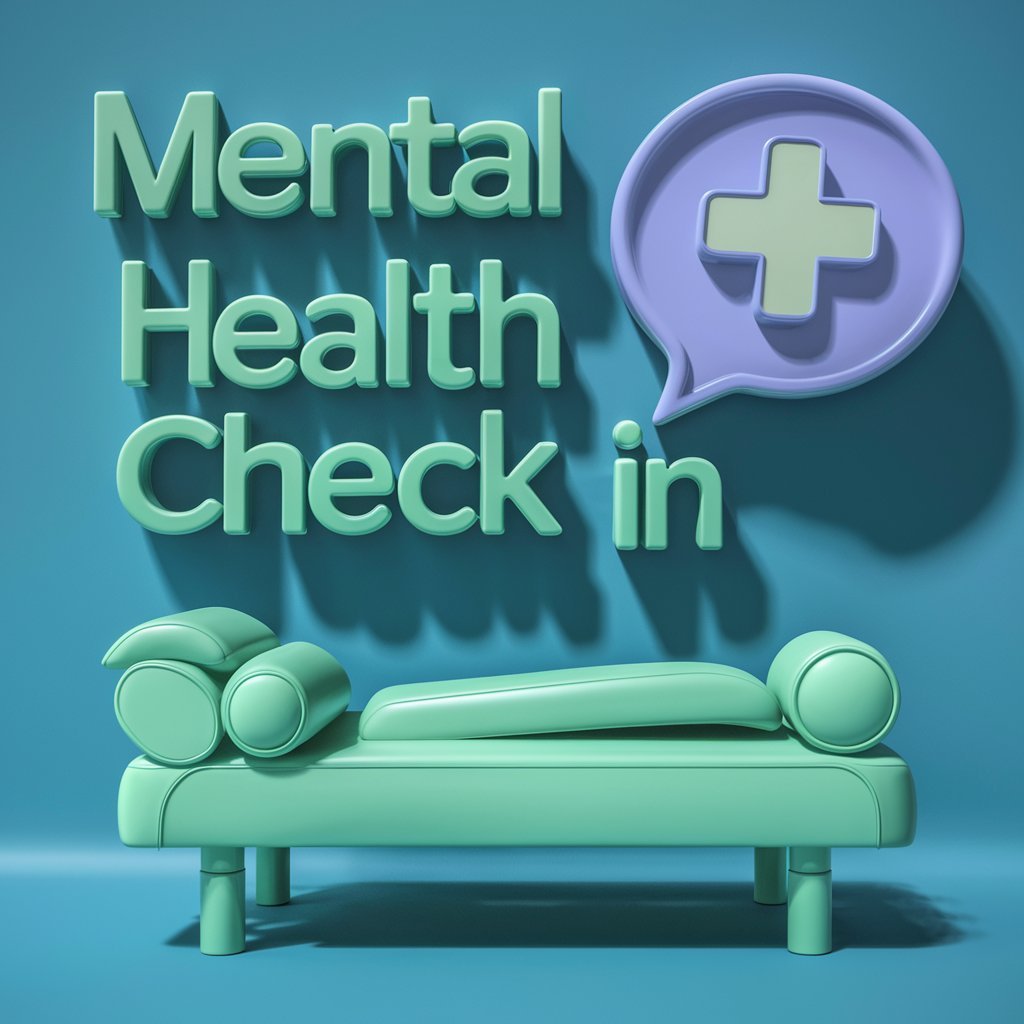Having a safety plan in place is crucial for both physical and emotional well-being. Whether you are at home, work, or out and about, being prepared for potential dangers can make all the difference in a crisis situation. By taking the time to develop a plan and regularly reviewing and updating it, you can ensure that you and your loved ones are better equipped to handle emergencies.
The Basics of Safety Planning
Safety planning involves identifying potential risks and hazards in your environment and taking proactive steps to mitigate them. This could include installing smoke alarms in your home, carrying an emergency kit in your car, or having a designated meeting spot in case of a natural disaster. By thinking ahead and being prepared, you can reduce the likelihood of accidents and respond quickly and effectively if an emergency does occur.
Creating Your Safety Plan
When creating a safety plan, it’s important to consider all aspects of your daily life and identify potential risks in each area. This could include creating fire escape routes in your home, setting up a communications plan with your family in case of separation, or knowing where the nearest emergency exits are in public spaces.
It’s also important to communicate your plan with others, especially if you live with family or roommates. Make sure everyone knows what to do in an emergency and where to find important resources like emergency contact numbers and first aid supplies.
Regularly Review and Update Your Plan
Safety planning is an ongoing process that should be regularly reviewed and updated to reflect changes in your environment or daily routines. As your circumstances change, so too should your safety plan. This could include updating your emergency contacts, replacing expired supplies in your emergency kit, or practicing fire drills with your family.
By staying proactive and prepared, you can ensure that your safety plan remains effective and relevant in the face of new challenges and potential risks.
Conclusion
Building a strong foundation for your safety and well-being begins with effective safety planning. By identifying potential risks, creating a comprehensive plan, and regularly reviewing and updating it, you can better protect yourself and your loved ones in times of crisis. Remember, safety should always be a top priority in your daily life, and being prepared for emergencies can make all the difference in a dangerous situation.
FAQs
Q: How often should I review my safety plan?
A: It’s recommended to review your safety plan at least once a year or whenever there are significant changes in your environment or daily routines. This could include moving to a new home, changing jobs, or having a new addition to your family.
Q: What should I include in my emergency kit?
A: Your emergency kit should include essential items like non-perishable food, water, first aid supplies, a flashlight, batteries, a whistle, and any necessary medications. Be sure to regularly check and replace expired items in your kit to ensure they are ready for use in an emergency.





